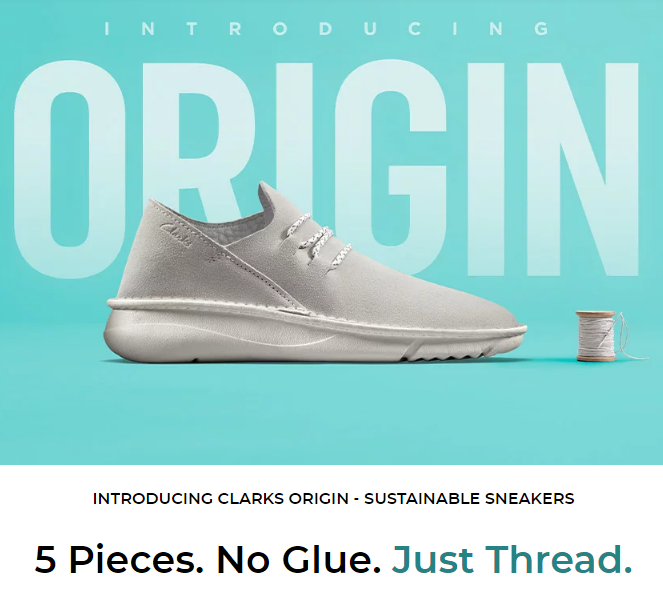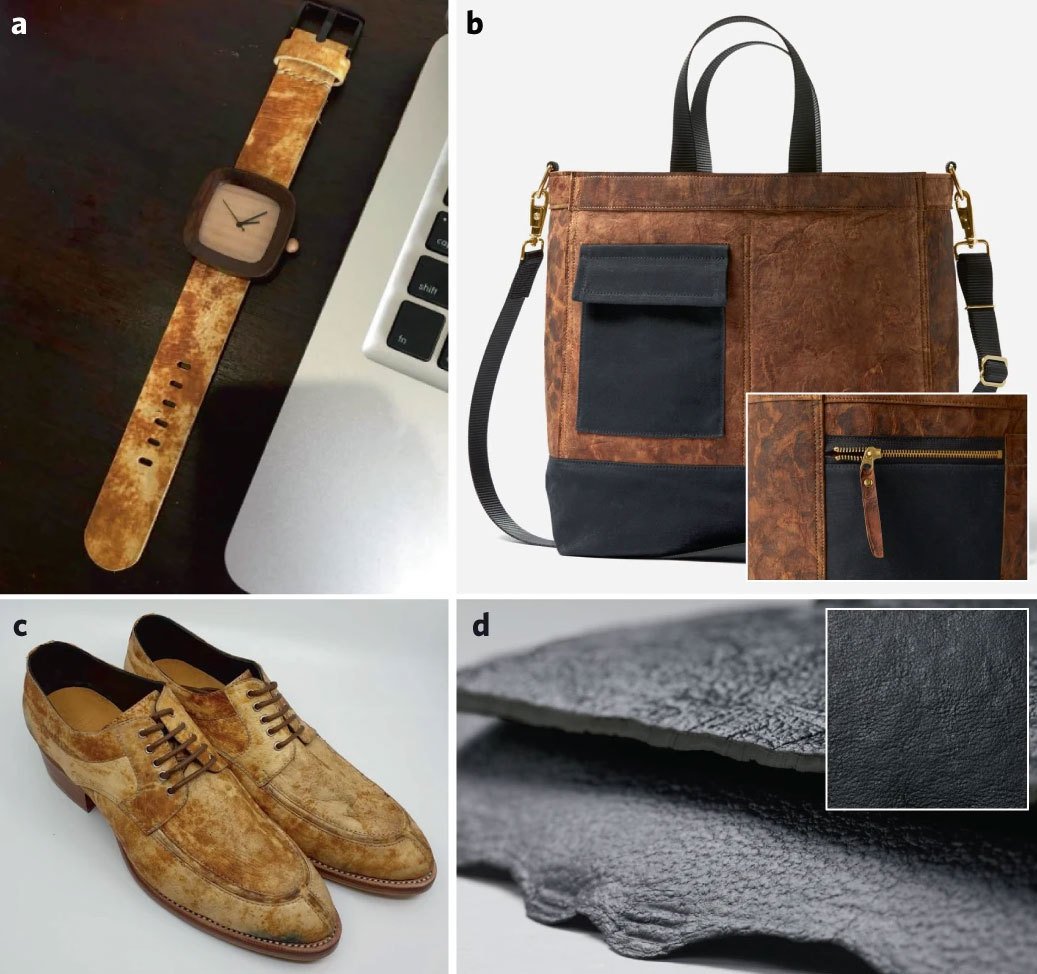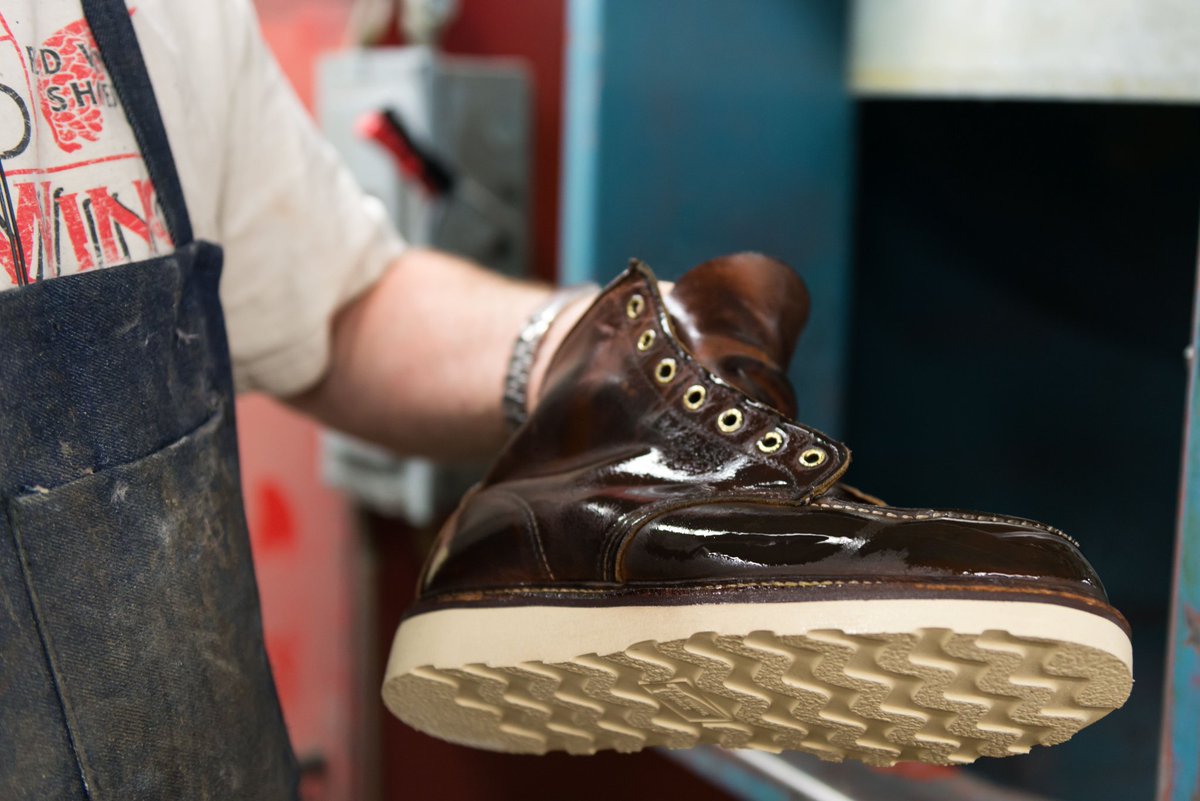1/ Here& #39;s a really good example of what some companies are getting right on sustainable product design; what they& #39;re getting wrong on sustainable product design; and why regulation is the - fundamental - missing piece of the excess consumption jigsaw.
2/ So, what do @clarksshoes get right? Elimination of petrochemical-based glues  https://abs.twimg.com/emoji/v2/... draggable="false" alt="✔️" title="Fettes Häkchen" aria-label="Emoji: Fettes Häkchen">Efficient design of biodegradable upper, reducing material waste
https://abs.twimg.com/emoji/v2/... draggable="false" alt="✔️" title="Fettes Häkchen" aria-label="Emoji: Fettes Häkchen">Efficient design of biodegradable upper, reducing material waste  https://abs.twimg.com/emoji/v2/... draggable="false" alt="✔️" title="Fettes Häkchen" aria-label="Emoji: Fettes Häkchen">Minimal detailing, reducing embedded carbon from manufacturing
https://abs.twimg.com/emoji/v2/... draggable="false" alt="✔️" title="Fettes Häkchen" aria-label="Emoji: Fettes Häkchen">Minimal detailing, reducing embedded carbon from manufacturing  https://abs.twimg.com/emoji/v2/... draggable="false" alt="✔️" title="Fettes Häkchen" aria-label="Emoji: Fettes Häkchen">Minimisation of dyes, reducing product& #39;s chemical footprint
https://abs.twimg.com/emoji/v2/... draggable="false" alt="✔️" title="Fettes Häkchen" aria-label="Emoji: Fettes Häkchen">Minimisation of dyes, reducing product& #39;s chemical footprint  https://abs.twimg.com/emoji/v2/... draggable="false" alt="✔️" title="Fettes Häkchen" aria-label="Emoji: Fettes Häkchen">
https://abs.twimg.com/emoji/v2/... draggable="false" alt="✔️" title="Fettes Häkchen" aria-label="Emoji: Fettes Häkchen">
3/ And what do @clarksshoes get wrong? Firstly, it& #39;s unclear what thread is used, but I suspect it& #39;s plastic-based, meaning that while the leather upper is biodegradable, the thread would need to be removed to avoid contamination. Switching to natural thread would remedy this.
3/ The laces are also made of polyester. This presents fewer challenges than the thread in processing the product at end of life, but it& #39;s by no means impossible to specify materials that would allow this to safely and quickly degrade if leaked into the biosphere.
4/ Although leather is a natural, biodegradable material, it needs to be cured with chemicals that do not cause environmental harm for it to be safely compostable. While Clarks state that the leather comes from tanneries committed sustainability, more information is required.
5/ It should also be noted that leather, while biodegradable, is the product of a greenhouse gas-intensive industry. To significantly decarbonise the upper, alternative biodegradable materials - such as the mycelium (from mushrooms) in these products - could have been sourced.
6/ Finally, and this is the big one, insufficient effort has been made to reduce the carbon-intensity of the sole. While the ethylene-vinyl acetate (EVA) used is light and recyclable, it is ultimately fossil fuel-based and can contaminate the environment through abrasion...
7/ ...and this wearing down of plastic soles - with circa 110g per person a year escaping into the biosphere - is the seventh largest source of ocean microplastic pollution from humans, so it& #39;s clearly a major environmental problem. https://www.nationalgeographic.com/science/article/shoes-sneakers-plastic-problem">https://www.nationalgeographic.com/science/a...
8/ Biodegradable alternatives to plastics for sole construction are available for non-high performance sports/leisure shoes and, if Clarks wanted to created a *much* more sustainable product, they could, and should, have sourced them.
9/ It should also be noted that, like many Clarks products, this shoe cannot be resoled. Since the most sustainable trainer is the one we don& #39;t buy, Clarks& #39; decision to minimise the lifespan of their Origin trainer raises big questions about their commitment to sustainability.
10/ While I understand Clarks are in the business of selling footwear, they could could continue to extract value from their old products - through resoling and cleaning services (like Redwing) - creating an entirely new revenue stream, and reducing their dependence on new sales.
11/ In the & #39;Origin& #39;, Clarks have produced a trainer that is less environmentally harmful than many alternatives, but they have missed some key opportunities to make the product truly sustainable...
12/ As I have shown, the appropriate specification of materials and the elimination of planned obsolescence can place us on a path to sustainable consumption. However, there is currently a lack of regulation to compel the private sector to pursue such goals. That needs to change.

 Read on Twitter
Read on Twitter




